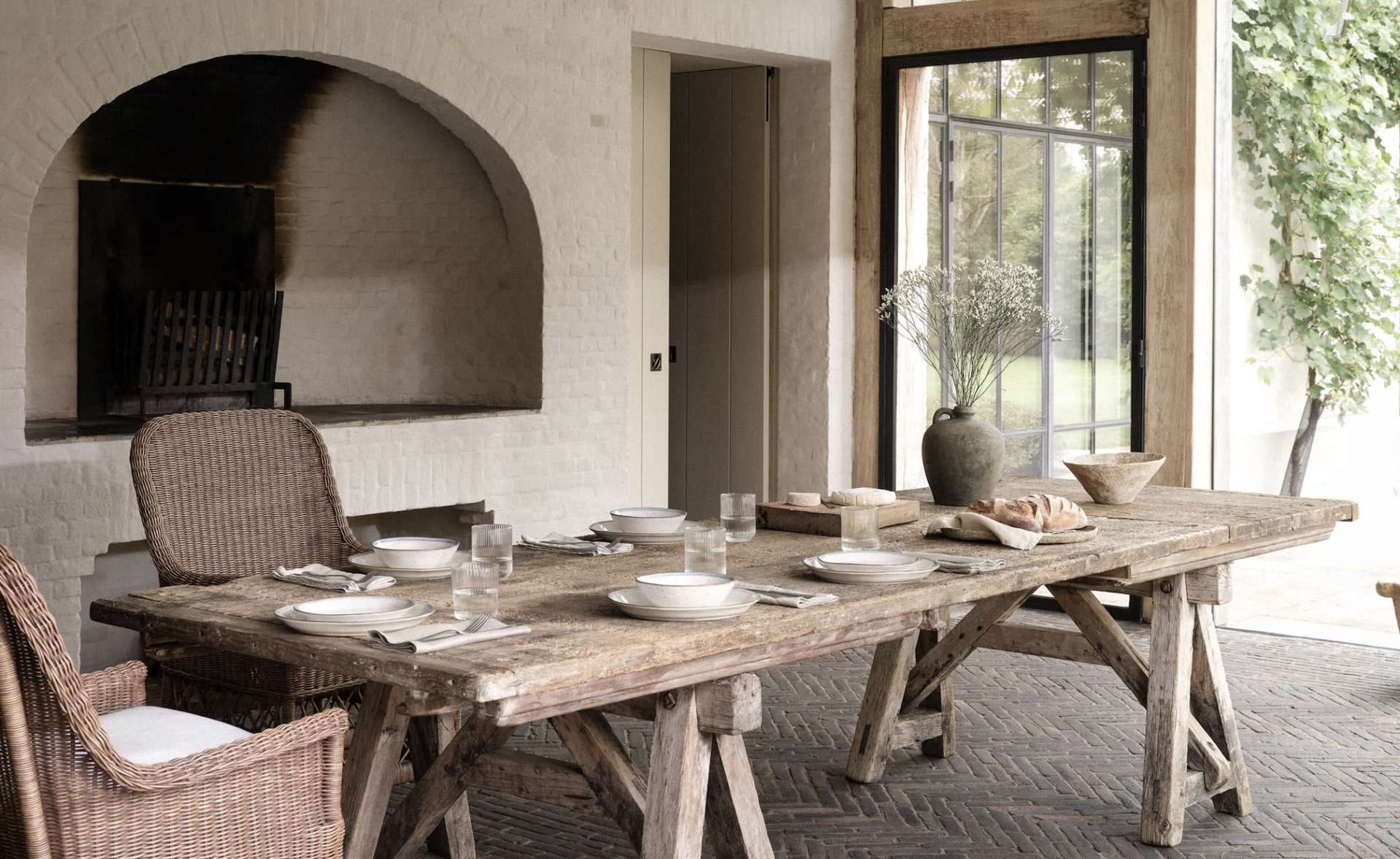COVID-19 is a humanitarian challenge that will have lasting effects on how people live, work, and play. Home is just not home anymore. A return to normal should no longer even be the aim. There are new realities. It’s an emotional home we’re after – the heartfelt connection we have to the place that makes us happy.
The focus will be on sustainable housing that is more decorative and cosier. The kitchen is the number one room to demand concentration, while bedrooms are becoming junior suites with royal showers and writing desks. There will be a new focus on colour, pattern and shape to create more engaging and personal interiors. We all have learned how important simple and beautiful objects can be during lockdown. They are essential somehow. Read more, ‘How Coronavirus Will Change Our Homes In The Next Decade.’
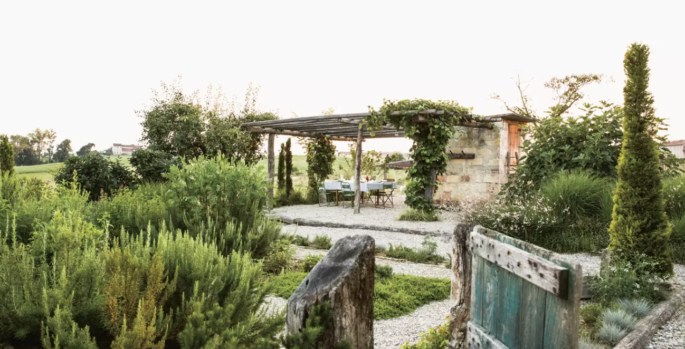
Real estate markets have rarely been as agitated and perplexing as they are today. Country houses are bought over the phone, even without visiting. Photo: Matteo Carassale; Publication House & Garden UK.
An Emotional Interior
In the pandemic which is proving to be one of the toughest challenges of our generation, our needs are tied to our emotions, which are themselves influenced by our surroundings. Beyond rest, it is an emotive interior more generally that prevails in this time of anxiety. Read more, ‘How Previous Pandemics Impacted Home Design.’
The idea of personal expression and celebrating differences such as customising your space is vital – like you do with your wardrobe.
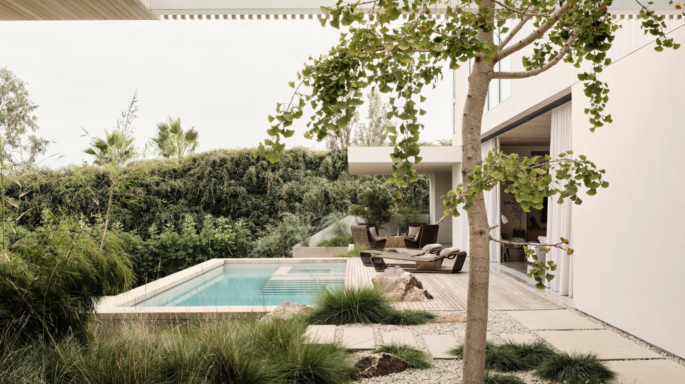
The rush to lifestyle locations comes after a widespread shift to spending more time at home over the past 18 months and is tipped to continue as lockdown limits residents to their local areas. Photo: Joe Fletcher; Publication: ArchitecturalDigest.com
Focus on Entertaining at Home
As we emerge from the pandemic, there will be more focus on entertaining at home rather than going out to crowded places, especially with family and children. People are opting for larger outdoor dining tables and bigger sofas and seating for garden areas, suggesting they are excited to entertain people at home.
Lifestyle Locations
The real estate markets have rarely been as agitated and perplexing as they are today. Country houses are bought over the phone, even without visiting. In many countries, people are leaving cities to settle in more affordable, more beautiful homes with gardens close to nature, or in smaller regional centres.
People are buying near parks and beaches as more focus is placed on lifestyle. This movement is expected to continue as people are freed from office life. The work-from-home model will set people free.
The rush to lifestyle locations comes after a widespread shift to spending more time at home over the past 18 months and is tipped to continue as lockdown limits residents to their local areas. It’s about how engaged, productive, comfortable, connected, and safe they feel in their physical environment. In Sydney, there has been a massive growth in lifestyle locations, which are major drawcards for well-heeled buyers who can’t spend cash on overseas travel and can borrow at ultra-low interest rates. Read more, ‘The Dream Home Has Changed.’
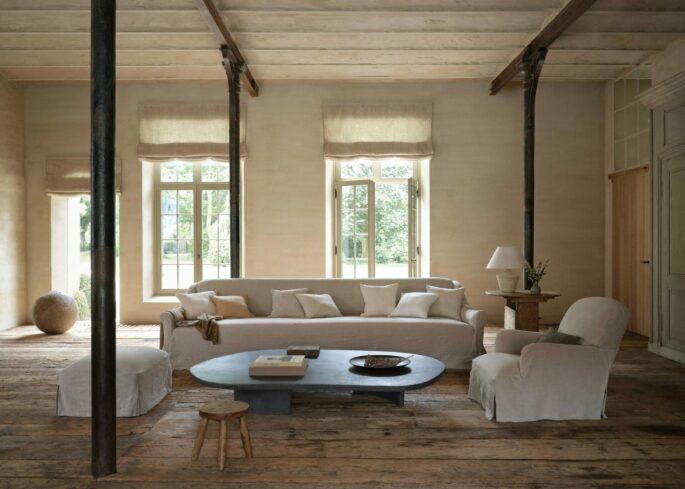
Ensuring adequate space and light levels to enable the change of open-plan use over time is important so as not to sacrifice other things. Photo zarahome.com
Many are doubling down on buying the best property, as it is akin to being on holiday even during a lockdown. With the city plunged deeper into lockdown this week, the latest COVID-19 outbreak has highlighted the value of being stuck in big, comfortable homes with a study and nearby beaches or parks.
Eighteen months ago, a study (home office), wouldn’t necessarily add any value, whereas now it’s one of the first and most important items on the agenda.
And you’d better love your neighbourhood – and Sydney five-kilometre radius – because otherwise, your home will be a sobering existence. People are putting a higher premium on where they live because, over the next couple of years, they’re not going to have the option of international travel. The home has never been more important because we’ve got to spend so much time there. Good-sized blocks of land, good-sized houses, good communities, good shopping centres – the lifestyle is a drawcard. Read more, ‘How To Work From Home If You’ve Never Done It Before.’
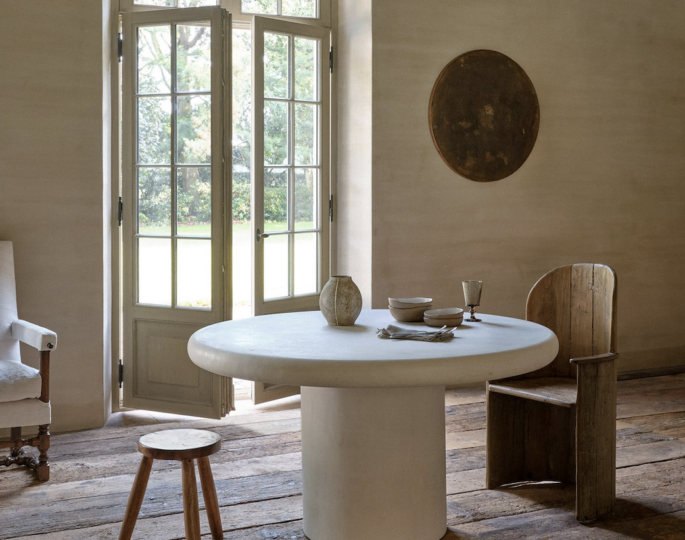
The work-from-home model will set people free. Photo: zarahome.com
The Need for Homes to Adapt
It’s not about the size of your bedrooms but the ability to change layouts that are important. Homes that are made to last and shift with us as we age.
As more of us use our homes to work, have children stay at home for longer, or rent our homes through online platforms to others, what we ask of our homes is changing.
Sometimes this requires new layouts, extensions, subdivisions or merging of spaces, but often it can be as simple as changing what a room is used for. People who report high home satisfaction during Covid are three times as likely to be satisfied with their ability to change room use in their home (e.g. create a work area or temporary bedroom) than those with low home satisfaction. Read more, ‘We Can’t Go Back to Normal- How Coronavirus Will Change Home Design.’

Ensuring your home is made to last and shift with us as we age is important. Whilst open-plan living has always been favoured Covid-19 has jolted this trend into free fall. Photo: Claessens & Deschamps; Publication: Wall Street Journal
Whilst open-plan spaces have been shown to be important to home satisfaction, it is important to consider how your open-plan spaces can be adaptable in the long term. Particularly in new builds, some open-plan spaces are smaller than the sum of the same spaces when provided separately. Ensuring adequate space and light levels to enable the change of open-plan use over time is important so as not to sacrifice other things.
Homeowners are living in their properties for longer, so it’s time to think about the factors most important to them and those will dictate the places they want to consider.
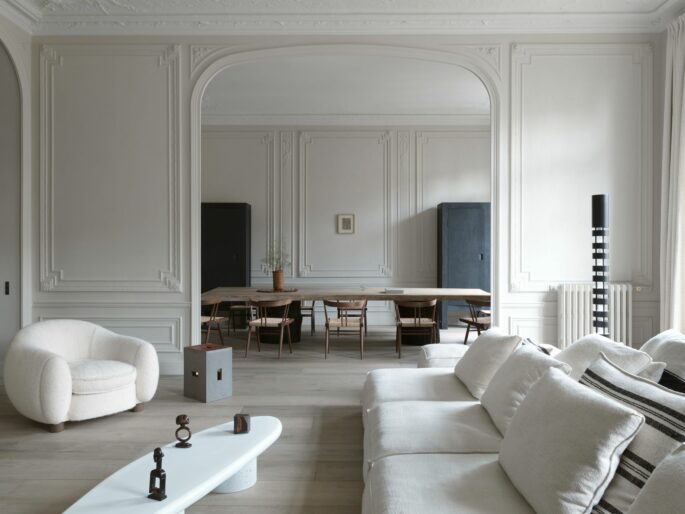
Some open-plan spaces are smaller than the sum of the same spaces when provided separately. Photo: Claessens & Deschamps; Publication: Wall Street Journal
Don’t forget you can shift layouts around anytime we like. What might happen if you swapped bedrooms. Or the sofa was moved to face a window…and is the dining table really in the best spot? Use what you’ve got but shift it around—and see how uplifting it can be to enter what feels like a new room. Move paintings, tables, even china from room to room. Shopping our home will become one of our most inexpensive resources.
Showstopping Kitchens
To create a welcoming atmosphere, we are looking for “unshackled whimsy” in kitchen design this year and specifically, coloured appliances. Read more, ‘How To Renovate Your Kitchen An Not End Up In Tears.’
People are now investing in blue Lacanche ovens, white Bertazzoni ovens, and white Agas. And they are getting a serious return on their investment.
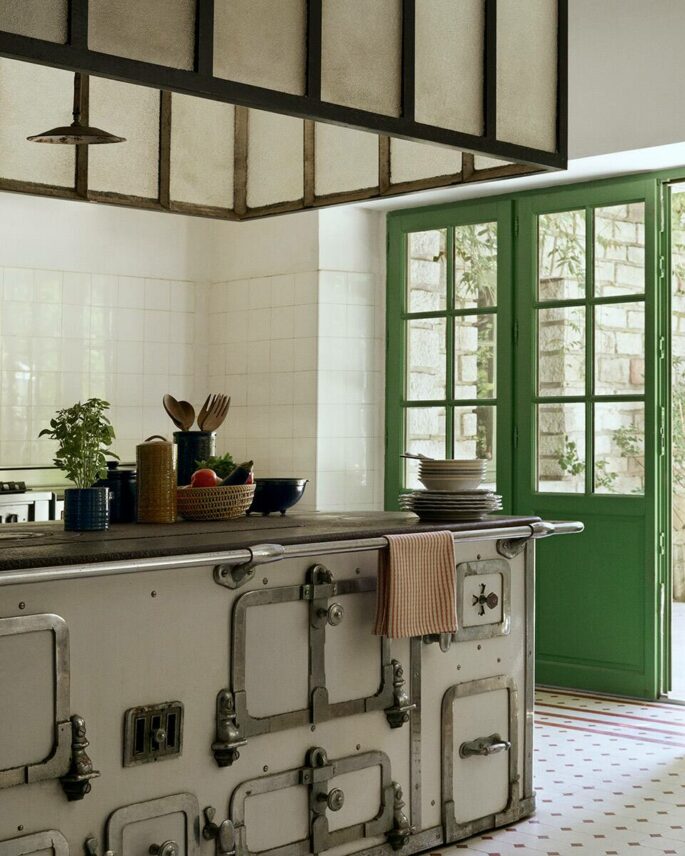
People are doubling down on their kitchens with serious oven upgrades like Agas. Photo: zarahome.com
NonTradtional Tabletops
As we reorientate our focus on home and living well within our four walls – there’s been a huge increase in sales of entertaining and tableware pieces, particularly, large sets of glasses and plates, according to Noel Fahden, vice president of merchandising at the online vintage retailer, Chairish.
Cocktail napkins are flying off the shelves, as are taper candles. People are elevating their tableware. Things they haven’t thought about for years are getting an upgrade.
Floral arrangements, too, are letting loose. The formal centrepiece is a thing of the past. Now people are jamming together just-picked wildflowers, poppies and peonies grown in their lockdown gardens. Read more, ‘Tablescapes: Elevating Dinner At Home During Isolation.’
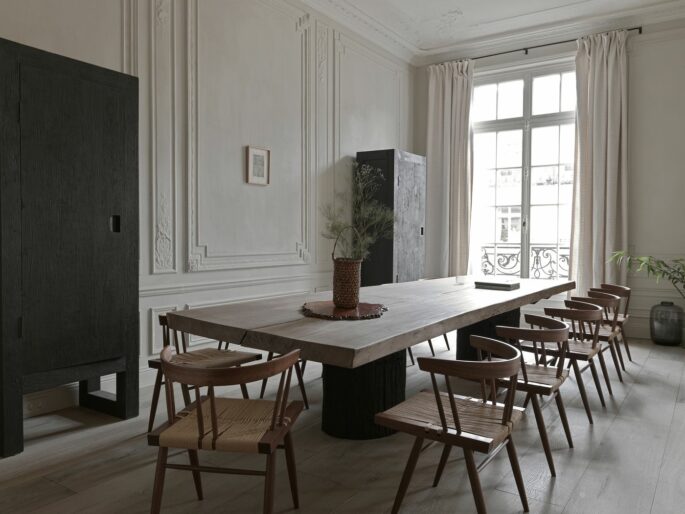
A huge increase in sales of entertaining and tableware pieces are getting an upgrade as we spend more time at home. Photo: zarahome.com
The Biggest Home Regrets Revealed
Room size, a balcony, garden and natural light are all high on people’s wish Covid wish list. Research by Resi found that 66 per cent said that they focused on sufficiently sized rooms. While 57 per cent were on the lookout for a private balcony or garden.
However, while it is important to focus on the characteristics you want in a home, 4 in 10 homeowners regret not paying more attention to particular aspects of the home they choose. Among the biggest homeowner regrets was not paying attention to storage space. Read more, ‘What Home Improvements Will Add Value To Your Home.’
25 per cent admitted to regretting not making sure there was enough room for a broom or other cupboard space.
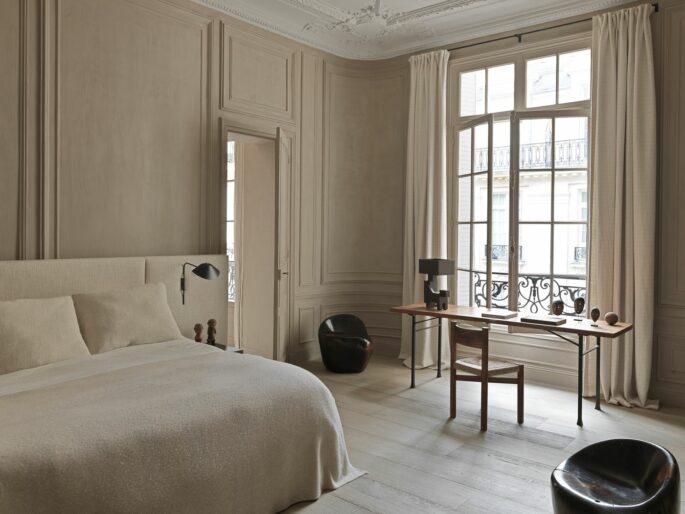
Bedrooms are becoming like junior suites with royal showers and writing desks. Photo: zara.com
21 per cent said that they regretted not checking the condition of the roof, and electrics. While a further 21 per cent regretted not paying attention to noise levels and found the neighbours and nearby traffic to be noisier than expected. Staying at home more is making a lot of homeowners reconsider their choice. The things we didn’t get right from the start are really starting to nag at us.
Research shows that while people may get the big things right when choosing a home they often overlook the smaller, less glamorous considerations like storage, how well-insulated property is, and the condition of the roof.
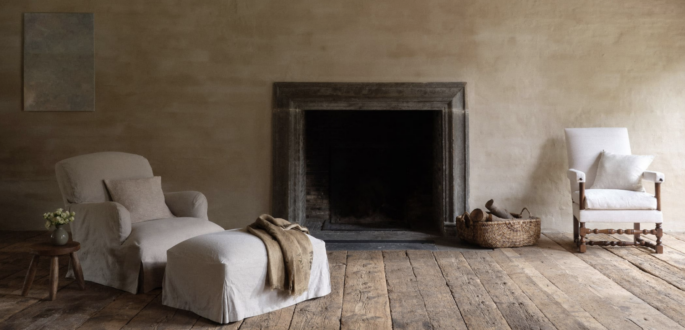
The home has never been more important because we’ve got to spend so much time there. Photo: zarahome.com
The Need for Organisation
The stress caused by an open-plan layout, crowded with desks and workspaces, has also led to another trend: an increase in the need for storage spaces where we can quickly put away (or hide) the items that have been left lying around, so we can relax in a tidy space. Read more, ‘Tips For Remaking Your Home While You’re Homebound.’
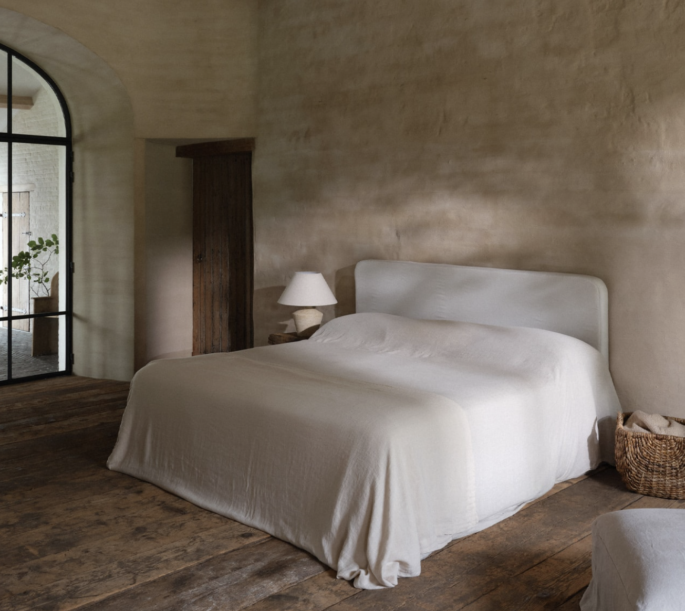
It’s not about the size of your bedrooms but the ability to change layouts that are important. Photo: zarahome.com
Buffer Zone at the Entrance
People are increasingly creating buffer zones at entries to separate the living space from where deliveries are received. Read more, ‘These Are the 10 Design Requests People Will Make Post-Pandemic.’
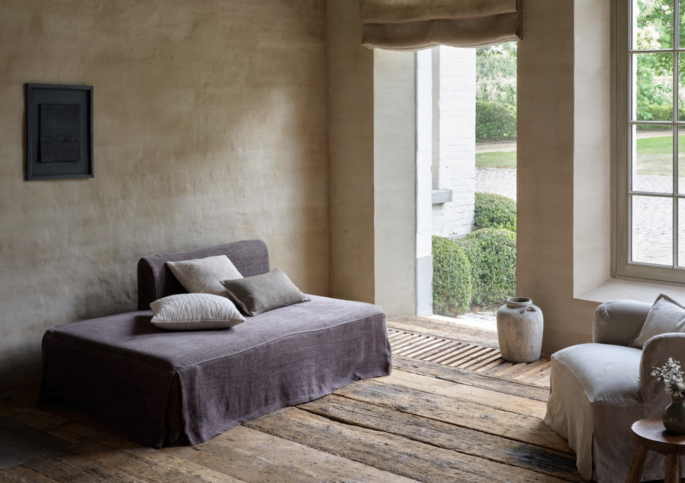
The need for homes to adapt has never been more omnipresent, sometimes this requires new layouts, extensions, subdivisions or merging of spaces. Photo: zarahome.com
Let’s Keep it Fresh
We want to keep our homes fresh, and connect with a world of things that are not artificial: such as wood, bamboo, stones, plants, water and animals, which belong to a realm that we are part of and connected to – nature. Read more, ‘Your Guide To Living Well In The Next Decade: 35 Insider Predictions.’
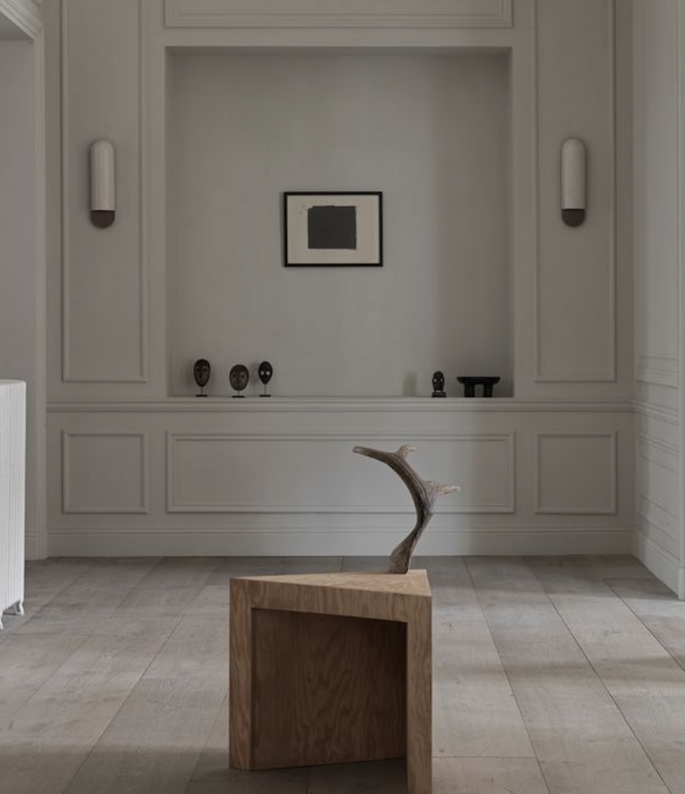
People are increasingly creating buffer zones at entries to separate the living space from where deliveries are received as here in Fashion executive, Barbara Boccara’s Parisian home. Photo: Claessens & Deschamps; Publication: Wall Street Journal

